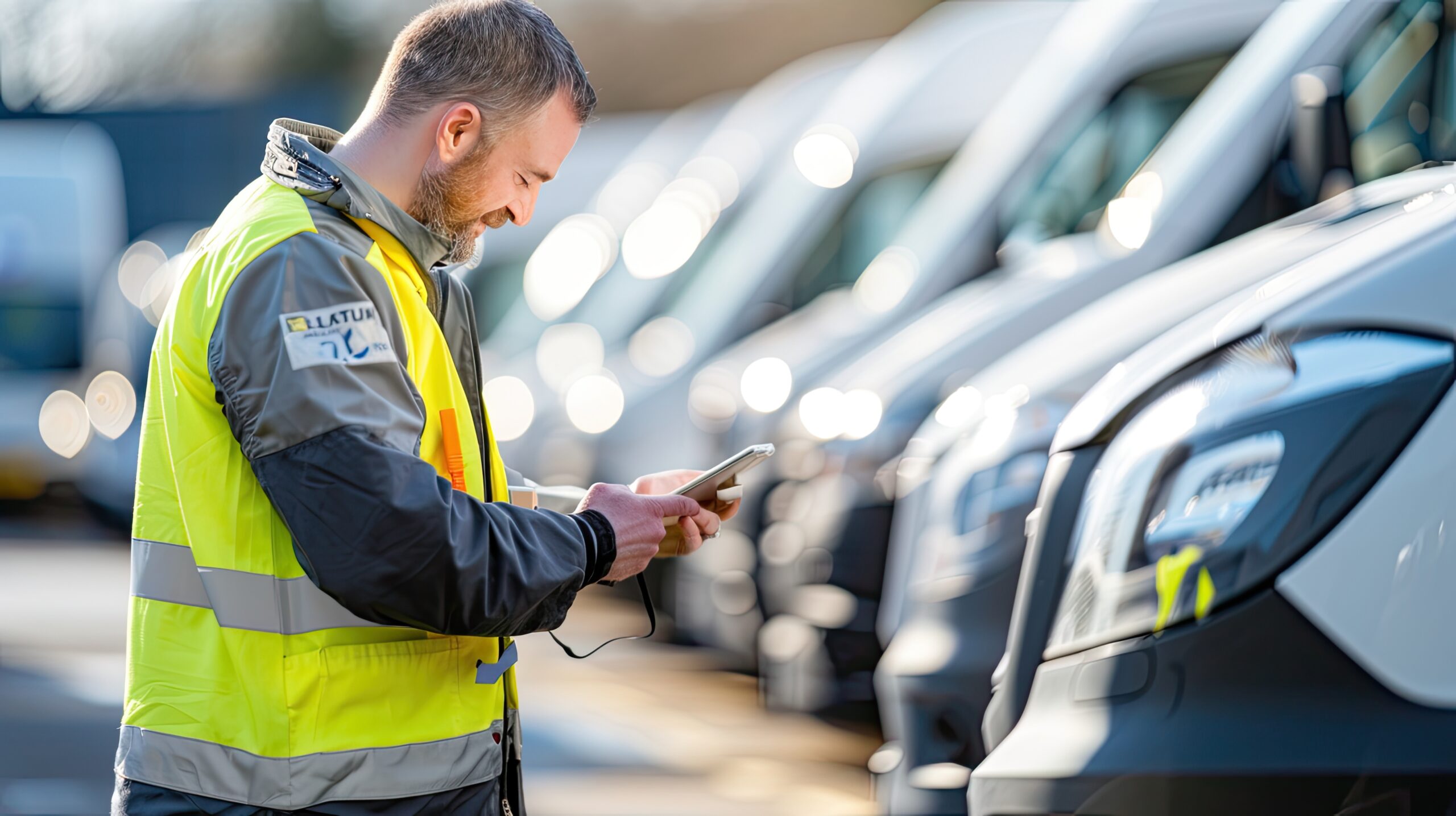For UK companies, the question is no longer if they should adopt electric vehicles (EVs), but how quickly. Rising fuel prices, customer expectations, and rapid advances in charging infrastructure are making the switch more attractive than ever.
Forward-thinking businesses see EVs as more than vehicles; they are strategic tools for cutting costs, winning clients, and building a future-proof reputation. Acting early ensures you capture these advantages before incentives tighten and competitors move ahead.
Why businesses need to prepare for the UK EV transition
The UK government has set clear milestones that impact business fleets:
- 2030 petrol and diesel ban: No new conventional cars or vans will be sold
- 2035 zero-emission requirement: All new vehicles must be zero-emission
- Net zero commitments: Businesses must align with the UK’s 2050 climate goals
These are non-negotiable. Businesses that delay will face higher costs in infrastructure, compliance and potential regulatory penalties. But the good news is that it’s not just a matter of compliance – acting early can offer significant benefits for businesses.
Making the switch to EVs helps businesses avoid rising petrol and diesel costs; qualify for government grants and tax incentives, and beat out the competition by becoming sustainability leaders. Those who delay will pay more and risk losing market share.
Beyond the financials, switching to EVs strengthens brand reputation and environmental credentials. For example, reducing a company’s CO₂ emissions will help with ESG reporting and compliance. Increasingly, customers now also have stringent requirements for environmental impact throughout their supply chains, meaning that businesses that have already made the switch to EVs stand a better chance of winning their business.
Making the right EV choice for your fleet
Key to building the business case is ensuring your EV fleet covers your business needs. Modern fleets are capable of:
- Urban deliveries with frequent short journeys;
- Regional travel between offices and customer;.
- Longer trips where rapid charging infrastructure is available.
You should select your EV fleet based on your projected usage and need as this will help you avoid over-payment. This decision can be made during the planning and strategy process.
There are a number of vehicle options to be aware of as well – all of which can support you to build the business case for EVs.
- Hybrid EVs are a transitional option that are ideal for managing risk and infrastructure limitations.
- Fully electric models are the usual choice and most OEMs can connect seamlessly with charging infrastructure and software services.
- Specialist vehicles (e.g. airport shuttles, last-mile delivery vans) offer a customized solution based on operational conditions, range and customer demand.
Lessons from early adopters: Hitachi ZeroCarbon case studies
Putting theory into practice shows what’s possible. Two Hitachi ZeroCarbon case studies illustrate how the EV fleet transition can deliver operational, financial and strategic benefits:
COBUS Industries
- Hitachi will equip 100 e.COBUS Extended Range (ER) buses globally with its ZeroCarbon BatteryManager solution by the end of 2025.
- The BatteryManager system provides COBUS with detailed data insights per battery: monitoring health, forecasting degradation, optimising route planning and enabling early intervention.
- These enhancements reduce the total cost of ownership, increase residual battery value, and lower risks of unexpected downtime.
Posten Bring
- Posten Bring, a Nordic postal and logistics group, expanded its EV deployment to 161 electric vans and trucks, supported by Hitachi’s ZeroCarbon Charge
- Their operations now include more than 160 charge points, deployed across depots in Oslo, with real-time dashboards, tariff optimization, load management and state-of-charge data to improve route planning.
- The partnership allows them to manage about 75.57 MWh of energy consumption monthly with zero downtime, optimize costs and charge more vehicles without requiring grid upgrades.
Protecting your bottom line
As the examples of Posten Bring and COBUS show, moving fast to embrace EV fleets and accompanying technology like battery management and charging analytics can yield tangible savings as well as operational stability.
Early adoption also reduces exposure to fuel and diesel price volatility, and helps with avoiding regulatory penalties and future carbon taxes.
Switching to EVs helps you:
- Meet and beat supply chain expectations for low environmental impact.
- Demonstrate leadership in ESG and sustainability reporting, which increasingly matters for investors and clients.
- Build trust with staff, customers and partners through real environmental action.
FAQs
Can I claim VAT back on electric cars?
It’s possible if the car is used only for business. For mixed use, you can usually claim 50% of VAT on lease payments.
What grants are available for workplace EV chargers?
The Workplace Charging Scheme offers up to 75% grant towards charger installation, capped per socket, with a maximum number of sockets per business.
How do EV costs compare with petrol/diesel over time?
Over time, EVs become cheaper once you factor in lower fuel, maintenance and tax costs. Strong battery retention (in case studies like COBUS) adds to the value.
Will waiting until 2030 cost my business more?
Yes. Delaying means higher vehicle and infrastructure costs, reduced grants and competitive disadvantage as more peers switch early.
Summary
The EV switch is happening across the UK, driven by hard deadlines, financial incentives and growing infrastructure. Businesses that act now benefit not just from cost savings, tax incentives and smoother operations but also from improved reputation and lower environmental impact.
Hitachi ZeroCarbon’s work with COBUS Industries and Posten Bring shows that combining battery analytics, smart charging and operational optimization delivers real business value – not just theory.
Get started: Review your fleet usage, check out the Hitachi EV fleet solutions (battery monitoring, charging optimization), find grants or funding and plan your switch.

